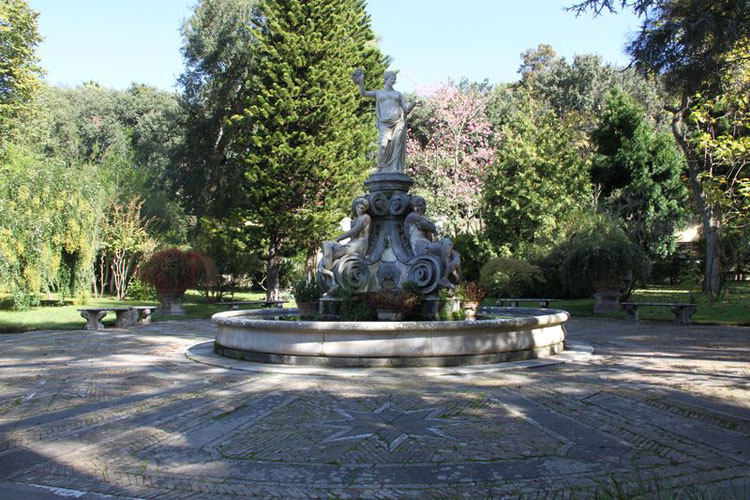The history of the Reggia of Portici
Built in 1739 at the behest of Charles of Bourbon King of Naples and his wife Maria Amalia of Saxony, the Royal Palace is one of the most important monuments of the City of Portici which rises on the western slopes of Vesuvius. A lot of engineers and architects worked on the construction of the building, some of the best known names are Giovanni Antonio Medrano, Antonio Canevari, Luigi Vanvitelli and Ferdinando Fuga. During the excavations, a lot of historical finds from the cities of Pompeii and Herculaneum were found; the discoveries (now on display at the MANN) were then placed in the rooms of the Royal Palace, giving birth, in 1758, to the Herculanense Museum which became a privileged destination of the Grand Tour. Royal spouses were impressed by the beauty of the place and decided to build the Royal Palace to make it a summer residence with two gardens, one upper, originally used as a hunting place, and one downstream that extends to the sea. In 1839 the first railway in Europe was inaugurated, the famous Naples-Portici that connected Naples, at the time the capital of the Kingdom of the Two Sicilies, with the City of Portici and therefore with the Royal Palace. Only in 1872 did the Palazzo di Portici become the seat of the Royal Higher School of Agriculture and the Botanical Garden was founded in the upper garden. In 1935 the Palace and the Botanical Garden became the headquarters of the Faculty of Agriculture of the University of Naples Federico II.
The botanical garden and the woods of the Reggia ofPortici

The Botanical Garden of Portici, built in the woods that was used for hunting in the Bourbon era, has an extension of about 20,000 square meters and performs a mainly didactic and support function for scientific research. The park houses numerous collections and over 600 species of plants divided into different families. It is possible to observe, and sometimes study, rich collections of Mamillaria, Haworthia, Gymnocalycium, Euphorbia and Rhipsalis, also plants from South Africa and Madagascar. The garden also houses a small pond and a 1000mp space of heated greenhouses.
The visit to the Botanical Garden involves passing through four main areas:
• The historic garden: historic barco plant that houses among other collections from Asia, a 30-meter-high specimen of Gingko bilboa.
• The bracken: it houses the pond that guarantees the humidity necessary for the survival of the fern garden.
• The palm grove: currently houses 25 species of palm trees.
• The greenhouse of succulents: one of the most interesting areas of the Botanical Garden which contains more than 400 species of succulent plants.
The architecture of the Royal Palace of Portici
The Reggia has a majestic terraced facade facing the Gulf of Naples, a huge courtyard and a large courtyard that divides the upper part from the lower one, today it is crossed by a road (via Università) that cuts the park in two. The palace, with a square plan, houses a series of rooms not to be missed: the Guard Room, located on the first floor; the throne room; the living room of Louis XIV and the famous porcelain sitting room of Queen Maria Amalia of Saxony.
How to reach the Reggia of Portici
It is possible to visit the Reggia di Portici from Friday to Sunday from 9:30 to 18:30 and Thursday from 15:00 to 18:30. The ticket price is 5 euros.
The city of Portici is easily reachable from Naples via the Naples-Sorrento and Naples-Poggiomarino via Scafati lines of the Circumvesuviana. In Portici there are two stops: Portici-Bellavista and Portici-Via Libertà.










Lascia un commento